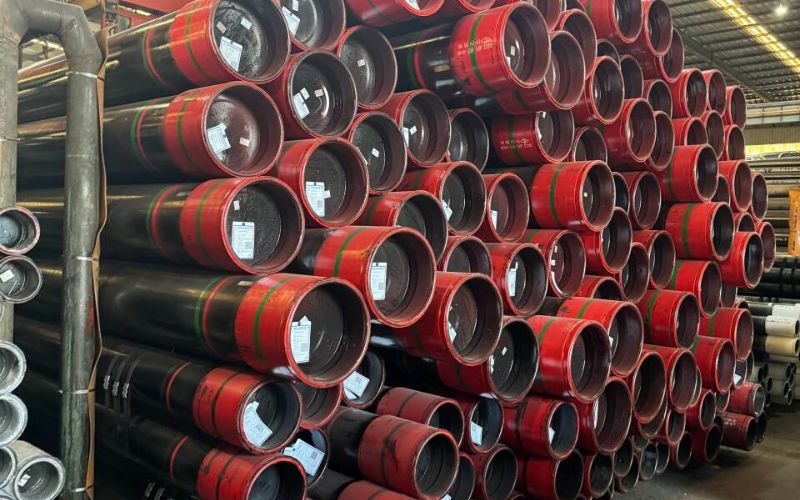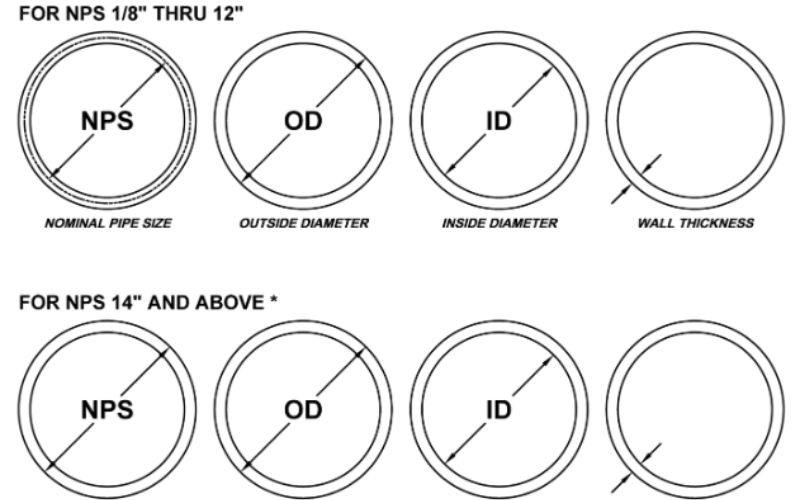Pipe flanging is essential in piping systems and creates safe, reliable, and flexible pipe connections. It is used frequently in factories, in the construction of oil and natural gas pipelines, and in all sorts of machinery and equipment that require pipework and flanging. Such elements make it possible to withstand the internal pressure within the systems with the fulfillment of all possible easy fitting, removal, and maintenance of the installed system. This paper comprehensively provides insight into the different kinds of flanges that can be used on pipes, the broad scope of applications of such pipe flanges, and how the pipe flanging industry has been revolutionized. In doing so, this article intends to appreciate the practice of flanging and how it helps individuals choose the correct flange to solve a specific problem.
The Basics of Pipe Flanging
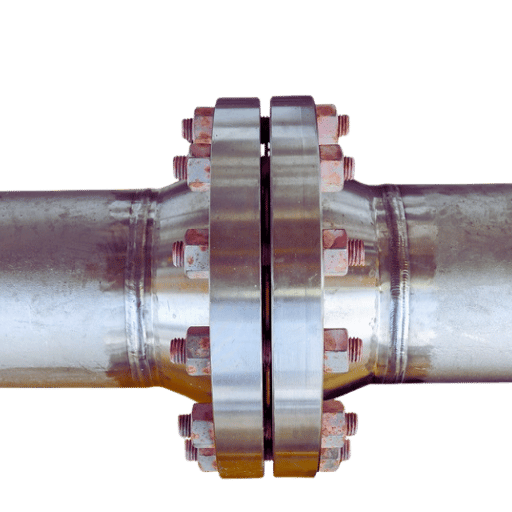
Pipe flanging is the assembly of pipes, valves, pumps, and apparatus, using flanges to create a secure and dependable connection. Flanges are usually discs with a lip that enables the joining to be made with the help of bolts. They are preferred in cases where there is a need to frequently assemble and disassemble the parts, usually through repair or inspections. Flanging ensures a leak-tight fit through appropriate gaskets and, therefore, the maintenance of the system under different pressures and temperatures. It is a vital technique that allows piping systems to be designed flexibly and modularly in industries such as oil and gas, chemicals, or water treatment systems.
What is a Pipe Flange?
A pipe flanging connector facilitates joining pipes, switches, centrifugal pump casings, or relevant fiber networks. Flanges are usually components that assemble a stable liquid or gas transport process. They are typically bolted together and used together with gaskets to promote leak-proof structures. They come in different designs, such as slip-on flanges, weld neck flanges, blind flanges, obscure flanges, or threaded flanges, which are selected depending on the system’s specific application.
Importance of Pipe Flanging in Fittings
Pipe flanging accomplishes essential roles and purposes related to pipe installations as it helps to attach tube components in a piping system without apprehension of leakages when the fluids flow through the pipes. Flanged joints can be broken and reassembled without any fuss for replacement, cleaning, or any other purpose, making pipe flanging easy for maintenance. The gaskets ensure sealing between the flanges, preventing any kind of lubrication or leakage after installation and working at different pressures and temperatures. This adaptability and strength explain why pipe flanging is so commonplace in the oil and gas, chemical, water filtration, and many such industries.
B16.5 Standard Overview
The B16.5 standards, written by ASME (American Society of Mechanical Engineers), contain pipe flanging and flanged fittings guidelines. These include considering the dimensions, material, pressure, temperature ratings, and tolerances. Many industries use it for easy pipework assembly, retention, and operation. This standard finds its application within the limits of sizes of NPS ½ – NPS 24 and is applied to flanges of carbon steel, stainless steel, and other high-pressure alloy materials. This standard helps manufacturers and designers realize components within acceptable quality and performance limits of manufacturing, including quality requirements related to the type of thread made inside the flange bore.
Types of Pipe Flanges
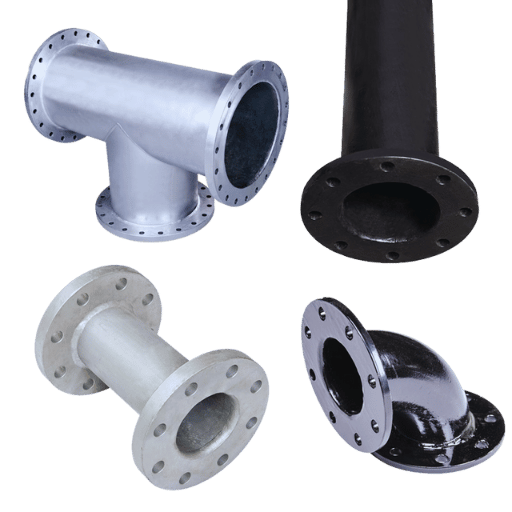
Common Flange Types Explained
|
Flange Type |
Key Feature |
Common Use |
Weld Type |
Pressure Class |
Seal Type |
|---|---|---|---|---|---|
|
Weld Neck |
Tapered neck |
High pressure |
Butt weld |
All |
RF, FF |
|
Threaded |
Internal thread |
No welding needed |
None |
≤ 300 |
RF, FF |
|
Slip-On |
Slides on pipe |
Cost-effective |
Fillet weld |
≤ 600 |
RF, FF |
|
Lap Joint |
Two-piece design |
Frequent dismantling |
None |
All |
FF |
|
Socket Weld |
Counter-bore |
Space-limited |
Fillet weld |
≤ 600 |
RF, FF |
|
Blind |
No bore |
Line termination |
None |
All |
RF, FF |
Flange Classification: A Detailed Look
|
Type |
Key Feature |
Use Case |
Pressure |
Welding |
Material |
|---|---|---|---|---|---|
|
Threaded |
Internal thread |
No-weld systems |
Low |
No |
Various |
|
Socket-Weld |
Socket fit |
Small pipes |
Medium |
Single fillet |
Various |
|
Slip-On |
Over pipe |
Easy install |
Medium |
Double fillet |
Various |
|
Lap Joint |
Two-piece |
Frequent dismantle |
Low |
Butt weld |
Various |
|
Weld Neck |
Tapered hub |
High pressure/temp |
High |
Butt weld |
Various |
|
Blind |
No bore |
End closure |
High |
No |
Various |
|
Specialty |
Custom designs |
Specific needs |
Varies |
Varies |
Varies |
Flange Materials and Their Applications
|
Material |
Strength |
Corrosion |
Weight |
Applications |
Cost |
|---|---|---|---|---|---|
|
Steel |
High |
Low |
Heavy |
High-pressure systems |
Moderate |
|
Stainless Steel |
High |
High |
Heavy |
Corrosive environments |
High |
|
Aluminum |
Low |
High |
Light |
Irrigation, lightweight |
Moderate |
|
Ductile Iron |
Moderate |
Low |
Heavy |
Non-contact systems |
Low |
|
Monel |
High |
Very High |
Heavy |
Marine, chemical |
Very High |
|
Inconel |
Very High |
Very High |
Heavy |
Extreme environments |
Very High |
|
Chrome-Moly |
High |
Moderate |
Heavy |
High-temp, high-pressure |
High |
Applications of Pipe Flanging Across Industries
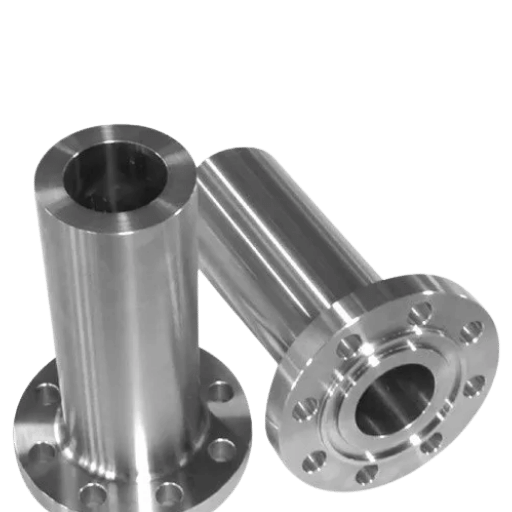
Flanging in the Oil and Gas Industry
Flanges are a paramount component of the oil and gas industry, as they assure the effective joining and sealing of pipes, valves, and other equipment under extreme pressure and temperature. Regarding the materials for the flanges in this industry, mostly high-grade quality alloy materials must be employed: stainless steel, duplex stainless steel, nickel alloy, or any other material that can withstand the harsh conditions of offshore installation or service.
Flange serves Dellaverosa’s background predominantly in the assembly of flanges and other pipes, particularly for delivering crude, natural gas, and finished petroleum products. An example is a weld neck flange, which is used when there are severe high temperature and pressure fluctuations, as in the case of applications like drill heads or even refinery plants. In addition, blind flanges are often synthesized to enclose pipe flanging with the presentation of an orifice with pipe and peripherally drilled holes.
Oil and gas flanges must satisfy certain threshold mechanical parameters and adhere to specific dimensions, as per standards such as ASME B16.5 and API 6A. These standards enhance efficiency and safety and assure dependability in various upstream and downstream applications. This heavy-duty practice is designed to match the requirements of this field, optimizing results and reducing losses.
Pipe Flanging in Water Supply Systems
Pipe flanging is a practical method in the water supply sector, as it can connect pipes, making them leak-free and strong. Flanges make operating pipes, valves, and other installations simple to fit, remove, and service. Due to their corrosion-resistant properties and long life, flanges commonly used in water systems include those made from stainless steel, ductile iron, and composite materials.
The design of flanges for water supply systems is usually aimed at accommodating certain specifications, such as those of standard AWWA C207 for steel and cast iron flanges of standard ANSI/ASME B16.1. These specifications provide guidelines on dimensions, pressure class, and materials’ properties to ensure efficient operation within the specified pressure ranges. For instance, section AWWA C207 has various classes of flanges that cover low-pressure requirements, such as Class B, and high-pressure requirements, such as Class F, making the product range flexible for multiple applications.
Applying specific technologies, for instance, rubber gaskets and epoxy lining, has further enhanced the reliability of flanged joints from water pollution and corrosion, among other external threats. Furthermore, an innovation with self-sealing types in flanges for operating zones under higher pressure reduces water consumption while improving the sealing ability. In general, water pipe flanging still belongs to the necessary elements of construction of the current water supply networks, representing the reasonable balance between the cost effectiveness, repair scopes, and regulatory requirements.
Flanging Use in Construction and Infrastructure
Pipe flanging is essential in civil and industrial engineering, owing to its benefits, especially in heavy-duty pipelines that carry water, gas, or chemicals. Flanged pipe fittings solve the problem of quick and easy connections, allowing for maintenance and servicing of the systems in place. Figures indicate that flanges have been used extensively in high-pressure applications such as municipal water systems, where there is a tendency to avoid leaks and maintain the integrity of the piped system.
Recent construction, however, seeks to adopt stainless steel and ductile iron flanges for enhanced performance and endurance against aggressive weather conditions and operational forces. A study has established that more ductile iron flanges are being used, and this is because, where there is a need to withstand a weight of load against corrosion, it is one of the choices in the water systems industries, oil industries, and power generation. Moreover, the pre-erection of the pipeline containing flanged joints has become more widespread, allowing much of the work to be done off-site before the installation.
Research shows that the pipe flange industry worldwide will experience a drastic rise in the coming ten years because of the expansion of urban areas and the emphasis on green building construction. Supplementing structures with smart technology, such as attaching sensors next to flanges to monitor system performance, also underscores the changing position of flanging in current practices.
Safety Considerations in Pipe Flanging
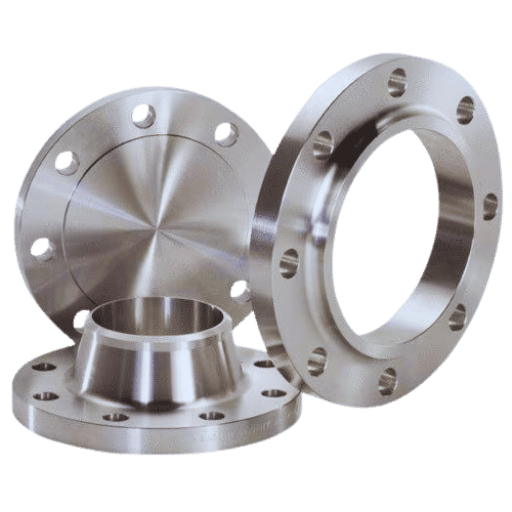
Identifying Hazards in Flanging Operations
One major challenge with pipe flanging is ensuring the proper alignment of the components to avoid any leakages or improper sealing, causing dangerous materials to be released. Another accident that can happen most frequently is the worker’s injury during the assembly or disassembly process from the tools and the equipment, if they are used or poorly maintained. Also, excessive tightening of bolts can damage flanges, which, in turn, increases the risk of the system failing. Adequate inspection practices, training, and adherence to the guidelines can efficiently minimize such risks.
Personal Protective Equipment (PPE) Guidelines
The rightful use of Personal Protection Equipment is indispensable to observing industrial safety. As opposed to wounds, contamination, and other chemical or biological threats that affect soft tissue during physical activities, PPE is the first intervention mechanism that cuts edge the evolution of those hazards. In most cases, the recommended PPE mix for a workplace includes headgear, pitless gloves, glasses, a mask, and clothing resistant to flames, all in line with the demands of a particular industry.
Studies within the industry show that injury rates are significantly lower where protection is applied. An example of this is, as many studies show, approximately 90% of the work-related eye injuries are avoided by properly wearing safety eyewear, and up to 95% of respirators when fitted and maintained correctly. Aid in preventing inhalation of hazardous particulates. The psychological aspect of occupational health also covers the training of workers regarding the use of the appropriate PPE for each task based on risk assessment carried out by their employers.
Another aspect is that regular monitoring and maintenance of PPE is essential because PPE must always be worn. Tears or punctures in gloves, for example, should be looked for in advance, while respirators should be fit checked before being put on to ensure the seals are tight. Complying with standards such as those developed by OSHA or ISO ensures that PPE functions at the expected level of protection, preventing any risks to people when carrying out work.
Best Practices for Safe Flanging
Safe use of flanges requires preparation, the right tools, and construction techniques. Before a flanging process is undertaken, all the materials’ flanges or pipes should be examined for defects such as cracks, rust, or twists that may impair the joint’s ability. Most important is the alignment of parts to prevent leaks and mechanical damage. For example, whenever possible, torque wrenches should be set appropriately and used within the recommended ranges when tightening the fasteners for safety to avoid over-tightening.
Comprehending and implementing the industry’s rules and regulations is even more critical for accurate pipe flanging. For instance, specifications such as the American Society of Mechanical Engineers (ASME), B16.5, regulate the flanges’ size and pressure. The appropriate gasket must also take note of the temperature, the pressure, and the chemical nature of the fluid in which the flanged coupling will work to avoid leaks. Statistics show that many connection failures result from the wrong use of a gasket, suggesting the importance of checking full compatibility and the observed sound installation practices.
It is essential that personnel involved in flanging operations are adequately trained in safety and how to use tools correctly. Involving another person or having a comprehensive checklist available to end users may also help decrease the chances of making errors. Suitable locking systems, such as bolts that cannot be loosened, can increase the structural integrity of flanged joints, especially in areas subject to intense vibrations. Implementing these may help organizations boost their flying operations’ safety and efficiency.
Latest Innovations and Trends in Pipe Flanging Technology
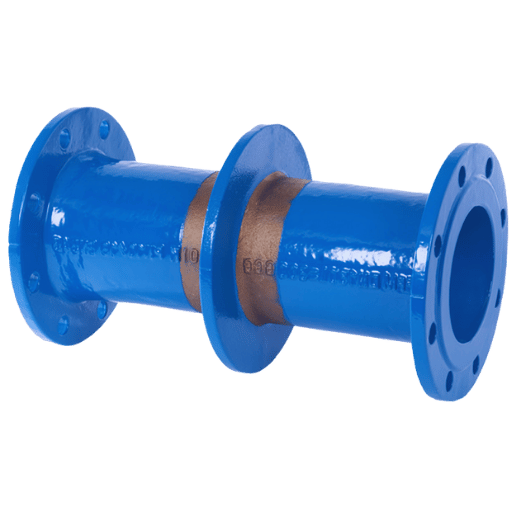
Advancements in Flange Design and Manufacturing
- High-Integrity Flange Materials: Researchers have recently studied high-performance steel offshoots alongside ceramic-polymer hybrids, both of which make a visible dent in long-term flange wear. When the mercury climbs or the gauge’s needle enters the red zone, these new alloys shrug off corrosion and simply keep working.
- Integrated Gasket Systems: Flange makers now often mill the gasket groove straight into the flange face, a move that trims bolt-up time to minutes and closes most leak paths before the bolts even settle. Fewer loose rings rolling around also reduces the shop floor mess.
- Precision CNC Machining: Tighter digits from five-axis CNC centers mean every flange slides exactly where it should, a consistency that turns guesswork into routine. A thousandth over no longer slips unnoticed, and that alone keeps slow drips out of the quarterly status reports.
- Lightweight Flange Designs: Aerospace and subsea crews are snapping up titanium-aluminide rings that weigh hardly more than a paperback yet shrug off ratings that once belonged to gray iron. The savings show up on flight manifests and jack-up rigs, trimming payloads without shaving a single safety factor.
- Smart Flange Technologies: Borescopes and pressure transducers now ride inside the flange itself, pinging a cloud dashboard long before the steel begins to sweat. Catching a temperature spike in red ink beats the old career-ending honk of a rupture every time.
Smart Technologies in Flanging Operations
- IoT-Enabled Flanges: Embedded sensors wirelessly relay real-time readings of stress, pressure, and temperature, allowing engineers to monitor bolt tension continuously and so enhancing overall system reliability.
- Automated Assembly Systems: Robotic workcells handle flange installation with high repeatability, sharply curtailing human error and accelerating the throughput typical of heavy-industry fabrication lines.
- Digital Twins: Software-based replicas mirror flange configurations in the cloud, permitting teams to simulate thermal cycles, forecast failure points, and iteratively adjust design features such as internal threading geometry.
- Smart Fastening Mechanisms: Torque-limiting actuators paired with miniaturized torque and alignment sensors tighten joints within an optimal range, curbing leaks that often stem from over- or under-torquing.
- Predictive Maintenance Algorithms: Machine-learning models sift the time-stamped data streams from smart flanges to flag incipient wear, enabling maintenance crews to intervene before a malfunction escalates.
Future Trends in Pipe Flanging
The upcoming enhancements in pipe flanging include the application of modern technologies and methodologies for improved performance and effectiveness. Flanging, for instance, is an industry about to be integrated with Industry 4.0. The application of smart manufacturing is also firm, with the concept of digital twins and IoT-based flanges that will improve real-time operation and maintenance monitoring. When examined using these sensors, data on these parameters will be used to eliminate unnecessary downtimes and hence increase the longevity of pipelines.
Another new advancement in the industry is using ecological technologies in the composition and processes of flanging. In this regard, the manufacturers are considering and testing alloys and composites of materials that are less harmful to the ecosystem but can endure high pressures with the same durability and functionality. Moreover, as 3D printing technology advances, it is slowly making it into the scene where custom-sized and shaped flanges can quickly be made for different industries using fast prototyping.
Furthermore, automation and robotics will be essential for pipe flanging in the coming years. There is a new expectation in the flange application that it will become automated so that it can enjoy the precision of installed flanges without worries of contamination of surfaces, while applications in disregarded zones will also be enhanced. The report mentions that in the upcoming years, there will be a substantial increase in the demand for these products and services around the world, with an estimated CAGR of around 7%.
In conclusion, the future of pipe flanging shares the features of inclusive innovation, digitalization, safety, and safer modes of operation, which makes it all the more relevant to today’s industrial systems.
Frequently Asked Questions (FAQs)
Q: What is the importance of the flange face in pipe flanging?
A: The Flange face is vital for ensuring the correct sealing surface for the gasket. It is the contact area for proper flanging, which is necessary to maintain the pressure in the piping systems.
Q: How does pressure rating affect the choice of flanges?
A: Flanges’ pressure ratings state the maximum pressure they can withstand. A mismatch between the flange pressure rating and the operating conditions of the piping system when selecting flanges can risk the safety and reliability of the piping.
Q: What types of flanges are commonly used in process piping?
A: In process piping, several flange types are used, including weld neck, slip-on, threaded, lap joint, and blind flanges. Each is established based on its specific use and required pressure ratings.
Q: How do you connect a pipe using a flange connection?
A: To connect two pieces of pipe using a flange connection, align the flange faces, fit bolts for flanges through the holes, and finally, torque the flange bolts to the appropriate torque level. This act guarantees a leak-free connection and prevents pipe leaks.
Q: What is the role of a gasket in pipe flanging?
A: A gasket connects the flange faces, preventing leakage. Its function compensates for any unevenness in the flange faces, and any pressurized fluids or gases held between them cannot leak.
Q: What are the benefits of using slip-on flanges?
A: These flanges are easiest to install and fit into the pipe. They are recommended for low-pressure applications and are widely found in industrial environments where flanges are regularly disassembled for maintenance.
Q: Can you define the function of a flange support or a backing flange?
A: A backing flange further supports the already connected flange portion. When ordering this accessory, it is vital to remember that a backing flange has the load-balancing effect because it attractively affects the weights. Furthermore, the service life and performance of piping components can be enhanced.
Q: What are raised face flanges, and what are their benefits?
A: The raised face flange has an elevation in the bore edge, making it suitable for gaskets when sealing in place. Moreover, this design provides a handling edge for the gasket and various pressure levels at which the gasket will still be able to seal effectively.
Q: How do we determine which gasket is best for a seal?
A: To correctly select a gasket for sealing a joint, consider the purpose, use fluid, temperature, nature of service, pressure, flange material, etc. Using the proper gasket will create a good seal and prevent leakage.
Q: Why is the use of ASME standards necessary in flanging?
A: Such activities as drafting of standards on flanges, including some examples like ASME B16.5 flanges, and suggesting only tested and approved material for lap joints, as well as calling for the application of strict operating procedures, are the result of other ASME standards activities.
Reference Sources
1. Flanging and forming of pipe fittings with rectangular magnetic collector(Zihao & Li, 2023, pp. 394–399)
- Key Findings:
- Introducing a rectangular magnetic collector can significantly enhance the formation of electromagnetocoatings in the classical situation of piping fittings, considerably increasing the flanging angle by 2.83 times.
- The magnetic collector can superimpose pipe flanging technology on industrial objects, equally referring to all pipe fittings, so that the project’s performance is not disturbed in the event of one piece’s failure.
- Methodology:
- The coupling of the multi-field physics models was modeled using the software COMSOL to examine the collector’s effect on the angle of flanging in pipeline components.
2. Pipe Flanges and Flanged Fittings (PDF) – This document discusses the ANSI B16.5 standard for pipe flanges and flanged fittings, including historical revisions and technical details.
4. Flange



